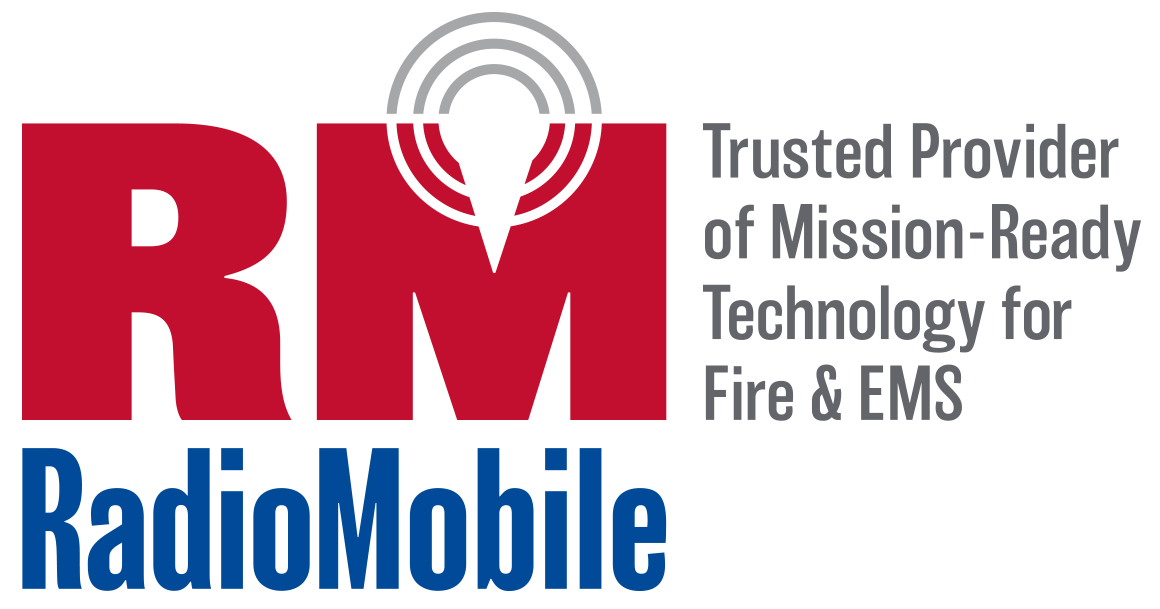When a call for help comes in, every second matters. Firefighters know that even the smallest delay can be the difference between control and catastrophe. That’s why modern fire station alerting systems (FSAS) have become essential tools in today’s fire service. These systems aren’t just about bells and speakers—they’re about precision, speed, and resilience.
In this article, we’ll explore five powerful ways fire station alerting systems shave off valuable seconds, reduce errors, and help fire crews protect communities more effectively.
1. Instant, Multi-Modal Notifications
Gone are the days when a single loudspeaker was enough. Modern FSAS deliver multi-modal alerts across lights, tones, voice prompts, mobile devices, and digital displays—all at once.
This redundancy ensures:
- No firefighter misses a call, whether they’re in the dorms, bay, or common areas.
- Alerts are received even if one system fails (e.g., power outage or network disruption).
- Notifications can be customized—louder in the apparatus bay, quieter in dorm rooms during overnight shifts.
The result? Crews move faster, more accurately, and with less stress.
2. Automated Workflows That Eliminate Delays
Traditional systems required dispatchers to repeat information multiple times. Modern FSAS automate much of this process:
- Dispatch data flows directly into the alerting system.
- Automated crew selection ensures the right team is notified immediately.
- Pre-programmed alerts trigger station functions like opening bay doors and activating lights.
By cutting manual steps, fire stations reduce notification-to-turnout times dramatically. Automation ensures responders receive clear, relevant information within seconds—so they can focus on mobilizing, not interpreting.
3. Seamless Integration Across Communication Tools
The most effective FSAS don’t operate in silos—they integrate with radio systems, CAD (computer-aided dispatch), mobile devices, and station automation.
This integration creates:
- Consistency: All responders receive the same information, simultaneously.
- Interoperability: Alerts reach across multiple platforms and agencies if needed.
- Real-time synchronization: From dispatcher console to mobile phone, incident details remain aligned with zero lag.
By unifying communication streams, stations minimize confusion, missed messages, and duplication. Everyone is on the same page, right from the start.
4. Targeted Alerts That Reduce Fatigue
One of the most overlooked benefits of modern FSAS is selective alerting. Instead of waking the entire station for every call, alerts go only to the firefighters or EMTs assigned.
This approach offers:
- Sharper performance: Rested firefighters respond more effectively.
- Reduced stress and alarm fatigue: Crews aren’t unnecessarily disrupted.
- Better accuracy: Notifications are tailored to the personnel and apparatus needed for the incident.
By respecting firefighters’ health, wellness and welfare while still ensuring rapid mobilization, targeted alerts make both the crew and the community safer.
5. Training and Culture of Readiness
Even the most advanced system is only as effective as the people using it. Modern FSAS succeed when departments pair technology with regular training and drills.
Best practices include:
- Running simulated alerts with the actual systems firefighters use.
- Conducting scenario-based drills that test response to different alert types.
- Gathering feedback from crews to improve usability and workflows.
This training transforms technology from a tool into an instinctive extension of firefighter readiness. When alerts drop, teams act without hesitation.
Maximizing Community Safety Through Smart Alerting
By combining instant notifications, automation, integration, targeted alerts, and strong training, FSAS revolutionizes emergency response. They don’t just make fire stations faster—they make them smarter and more resilient.
For the communities they protect, that means:
- Shorter response times
- Improved coordination during multi-agency calls
- Reduced risk of errors
- Greater confidence in public safety services
Final Thoughts
Fire station alerting systems are more than technology—they’re a lifeline connecting dispatchers to firefighters and firefighters to the community. By embracing modern FSAS, departments can cut response times, improve safety, and build resilience into every call.
Innovators like RadioMobile continue to advance these systems, ensuring departments have the tools they need to protect communities quickly and effectively.
Because when every second counts, fire station alerting can make a world of difference.
